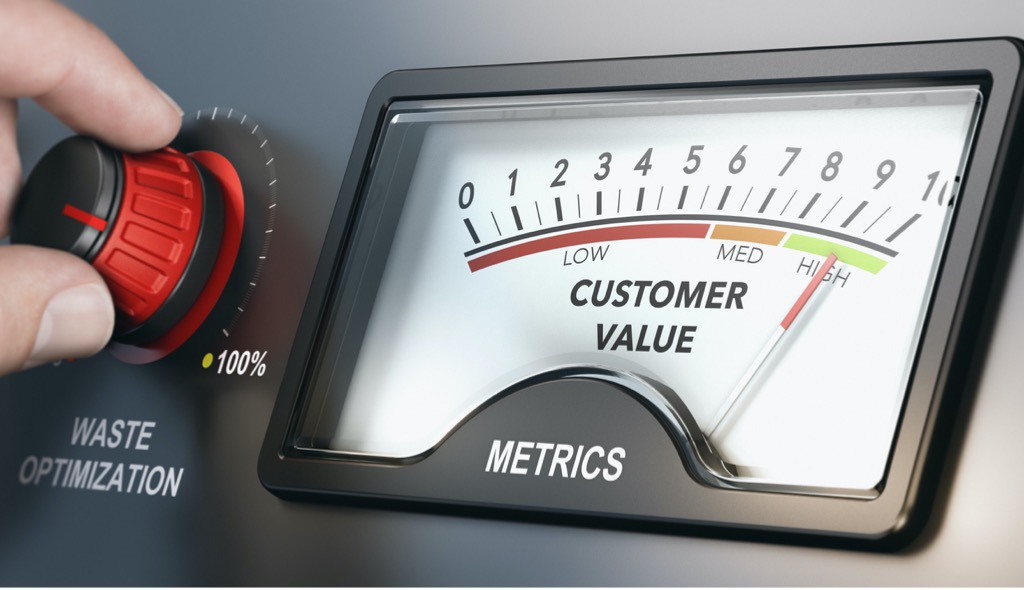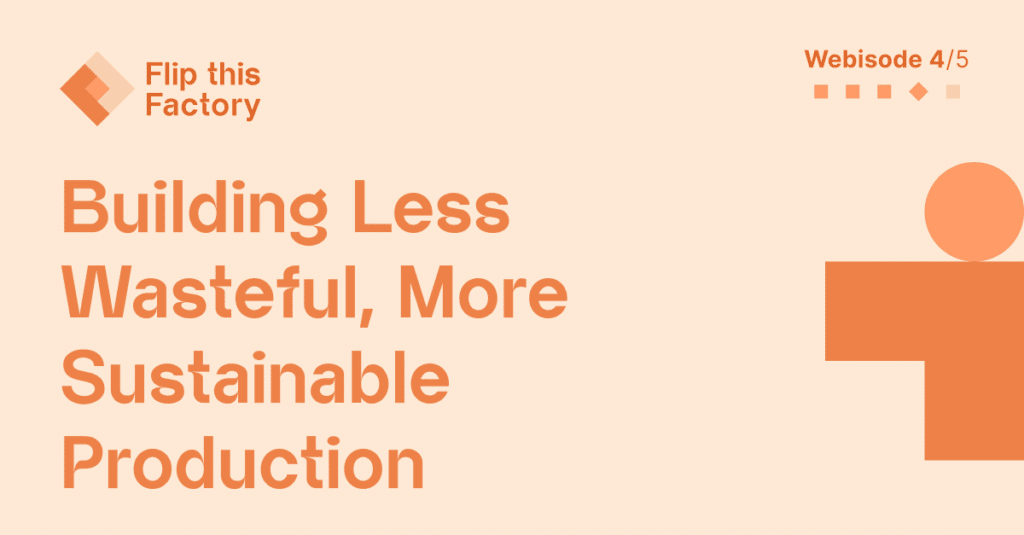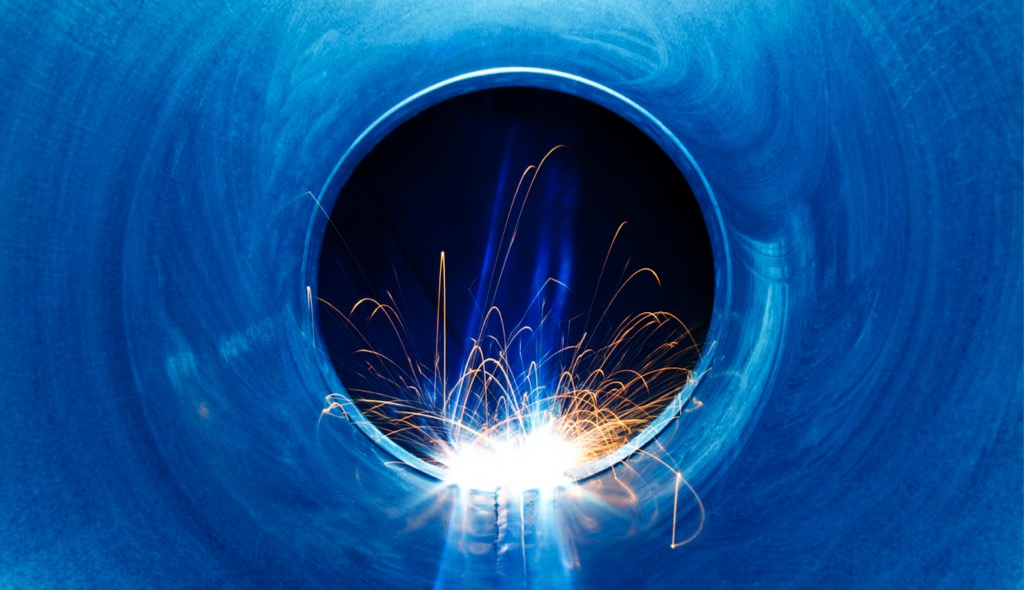
Developed to maximize production efficiency, Lean Manufacturing meticulously broke down waste into different categories – to better confront this enemy. Today, Process Health Solutions can look at how manufacturing processes can impact each of these types of waste – without sacrificing your other KPIs in the process.
Leaning Into Waste Minimization
The manufacturing industry is as broad as it gets. It consists of five different types of processes, spans dozens of verticals, and involves various methods, philosophies and approaches. But all manufacturers have one common challenge: the problem of waste.
And that’s what Lean Manufacturing is all about. In fact, it’s defined as a systematic method for waste minimization. Originally derived from the Toyota Production Systems (TPS) in 1990, Lean Manufacturing considers everything that doesn’t add value as waste.
The 8 Wastes, According To Lean Manufacturing
Originally, Lean Manufacturing categorized waste into seven different categories. But later, many added an eighth category: the waste of wasted human potential.
1) Transporting: Moving materials from one position to another adds zero value. So, avoid it.
2) Waiting: Boring but true… Waiting for goods to move or be processed is a big waste of time.
3) Inappropriate Processing: Often organizations use high precision equipment in circumstances where much simpler tools can do the job as good or better. Keep it simple!
4) Defects: Defects eventually affect quality, which leads to loss of money, either because a product is sold for less, or not sold at all. And since detecting these defects afterwards is too late, it all comes down to: Prevention!
5) Overproduction: The old law of supply and demand… Why produce more goods than people want? Overproduction can also lead to other wastes, such as waiting, inventory, resources, etc.
6) Unnecessary Inventory: Unsold products result in extra inventory that organizations are “stuck” with – taking up space and/or transportation.
7) Over Processing: When inappropriate techniques and/or equipment are used, unnecessary processes are performed – which still costs time and money.
8) Human potential: Human talent and ingenuity is a beautiful thing. Use it. The training and empowerment of frontline workers works! They are in the best position to both identify and solve problems.
In Search Of The 9th Waste: Process Inefficiencies
Though the above list of opportunities and potential to minimize waste in manufacturing seems comprehensive, there’s an additional type of waste many process manufacturers deal with: process inefficiencies.
Process inefficiencies are different “disturbances” in the production line that can affect quality and yield. For example, for the chemical manufacturing industry, such inefficiencies include:
- Formation of undesired side products that affect the product purity (such as when two or more reactions occur simultaneously)
- Incomplete reactions that damage yield and quality of the finished product
- Losses during separation of the desired product from a reaction mixture
- Process instability due to blocked assets, leakages, and other asset faults
- Losses during purification due to the transfer of material from reaction vessels
- Etcetera
The bad news is that these process inefficiencies are often caused by the pressure of meeting production goals, such as increasing product purity, preventing asset failures, increasing throughput, and – most importantly – reducing waste.
But the good news is manufacturers can now leverage AI-driven Process Health Solutions to predict and prevent these process inefficiencies. Hence, you are enabled to be more strategic when it comes to your production lines in minimizing waste without killing other KPIs.
From Data Chaos to Actionable Insights
When it comes to AI, it’s important to understand the difference between traditional AI versus process-based AI. While traditional AI looks at raw data from production lines (OT data) and applies machine learning to it (causing many false-positives), Process Health AI contextualizes the data by adding business data from IT systems into datasets — together with the specific production process flow context — and builds a process-based data model.
It then applies process-based machine learning algorithms, which are able to clear the noise and pinpoint actionable insights. What this means, is that by implementing a Process Health Solution, we can now understand three important insights:
1) Why process inefficiencies happen
2) When they will happen, and
3) How to avoid them from happening again
Armed with this big picture of the production line, manufacturers can now find the best and most balanced way to reach multiple objectives – including minimizing waste.
In other words, Lean Manufacturing just got a whole lot leaner.
If you are interested in learning more on how to increase yield while decreasing waste, please reach out.




